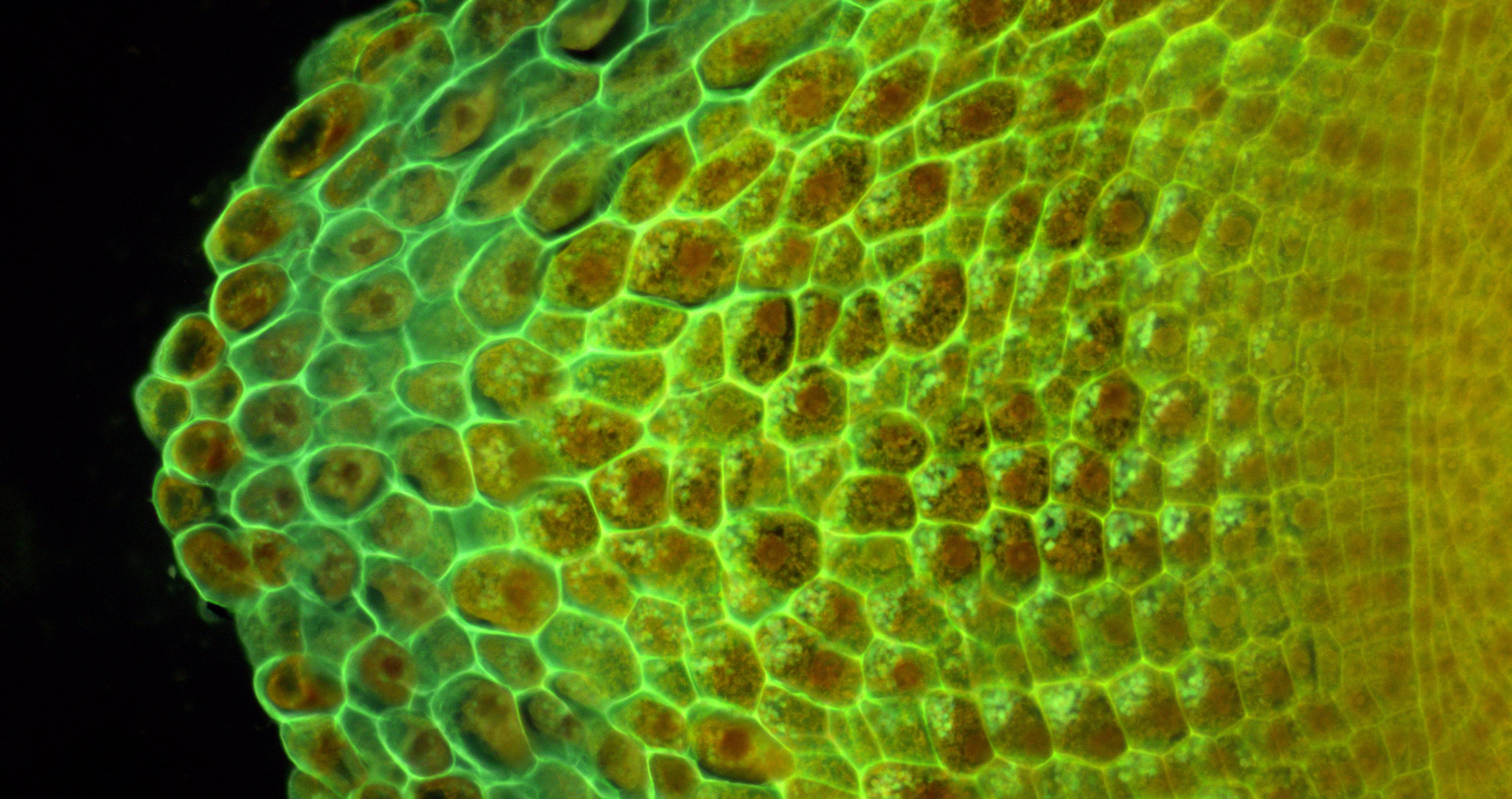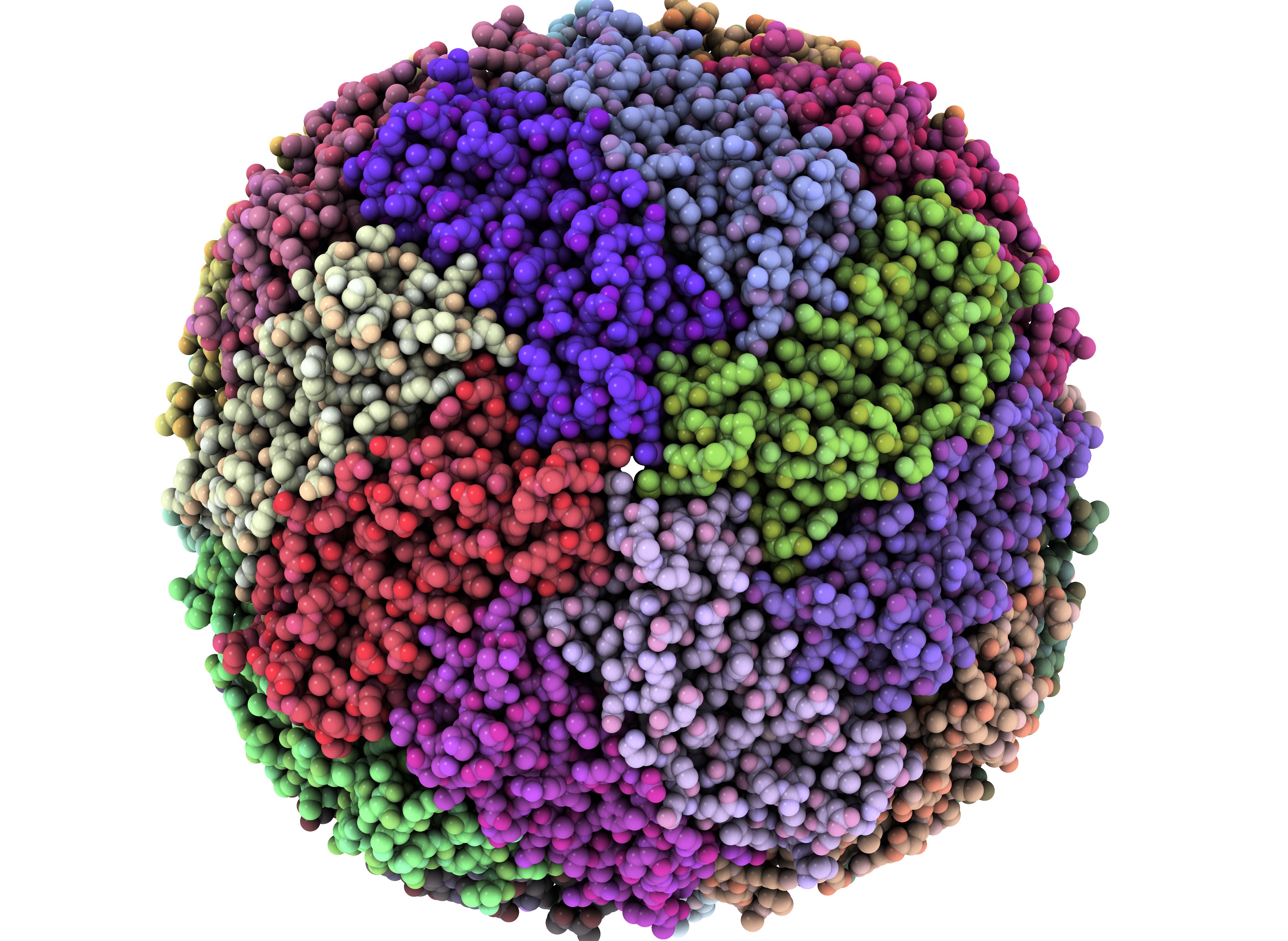
Sciences & Technology
A brief history of Hawking’s scientific legacy

What is life? The question was posed by famous theoretical physicist Erwin Schrödinger, and now advances in quantum mechanics could help provide the answer
Published 3 October 2018
Quantum mechanics is one of the most profound theories in science.
It describes the strange reality of the atomic and sub-atomic world which is governed by probabilities rather than known quantities, and has given rise to some of the greatest technological breakthroughs of the modern age.

In 1944, one of the founders of quantum mechanics, Erwin Schrödinger, put forward an idea that quantum mechanics must ultimately play a role in biology. In What is life?, Professor Schrödinger set out to address a pressing biological question at the time: what is the basis of heredity?
Heredity describes the transfer of information from one living system to another – for example, the way we inherit genes from our parents.
Professor Schrödinger argued that heredity was too perfect – the accuracy with which information is copied and transferred in living systems is extremely high with an error of roughly one in a hundred thousand.

Sciences & Technology
A brief history of Hawking’s scientific legacy
He rightly pointed out that, based on the laws of statistical mechanics, this would require the involvement of billions of molecules. At the time, geneticists knew that genes were small; too small to contain this many molecules.
Professor Schrödinger therefore argued that to achieve this level of accuracy, genes should contain small numbers of molecules whose behaviour was governed by quantum mechanics.
He went on to propose that heredity and life are ultimately controlled by quantum mechanics and that genes must act like a solid or ‘aperiodic crystal’, which encodes information. Almost a decade later, and inspired by Professor Schrödinger’s vision, James Watson, Francis Crick and Maurice Wilkins were awarded the Nobel prize in Physiology or Medicine for their discovery of the ordered (aperiodic) structure of DNA.
It’s perhaps not surprising to think that quantum mechanics plays a role in biology – after all, the rules of quantum mechanics dictate how molecules interact and bind to form larger molecules, which ultimately gives rise to life.
So, at the heart of biology lies quantum mechanics.

The discovery of the structure of DNA is a glowing example of multi-disciplinary science which required insight and different perspectives to solve a complex and challenging problem.
Although the three Nobel Prize winning scientists confirmed Professor Schrödinger’s original vision, there was no apparent need for quantum mechanics to describe the behaviour of these systems.
This is partly because biological systems involve the interaction of large numbers of molecules which obscure most quantum phenomena, allowing many bio-chemical and biological systems to be described using classical mechanics and ball-and-stick models most of us would recognise from science books at school.

Sciences & Technology
A big discovery in a tiny package
This isn’t to say physicists and biologists have forgotten about quantum mechanics – they have just been preoccupied with more pressing questions.
Through the 1970s to the 1990s, quantum physicists moved on to applications of quantum mechanics and used the elegant mathematical theory to finally describe the material properties of semi-conductors, which led to the development of the first silicon-based transistor.
It changed computing and communication technology as we know it.
Other revolutionary advances in technology came from the invention of the laser and medical imaging devices, like magnetic resonance imaging (MRI), all of which rely on quantum mechanical principles. This technological revolution is referred to as Quantum 1.0 and has changed our lives for the better.
But biologists and geneticists have also taken enormous strides over the past fifty years.
The human genome project has led to the successful mapping of the human genetic code, and advances in gene technology now allow editing of the genome through Clustered Regularly Interspaced Short Palindromic Repeats (CRISPR) technology.

This advance has already impacted on our quality of life, from improved clinical outcomes to new treatment approaches. So where will the next fifty years take us?
We are now entering a new era of quantum technology known as Quantum 2.0.
This technology revolution is applying what we have learned from quantum systems and quantum mechanics over the past century to build the next generation of computers, communication and sensing technology.

Sciences & Technology
How a mathematical equation opened a new frontier in nanotechnology
Quantum 2.0 aims to exploit the strange phenomena in quantum mechanics like superposition, tunnelling and entanglement, in order to build faster, more efficient and sensitive systems for a variety of applications.
This year, Professor Michelle Simmons was named Australian of the Year for her pioneering work in quantum computing. This technology is a standout example of Quantum 2.0. It means information can be processed at incredible speeds using quantum phenomena.
But how can this sort of technology help improve our understanding of life?
Thanks to the technological advances of the past decade, we are now starting to see evidence of quantum mechanical effects in living systems.
Quantum superposition, tunnelling and entanglement have been implicated in the electron dynamics of things like photosynthesis, biochemical enzyme reactions, the magnetic sense in birds, and even our own sense of smell.
This has led to the emergence of the relatively new scientific field of quantum biology.

Whether these quantum mechanical effects are exploited by biological systems remains an interesting and open question, the answer to which may lie in the development of new quantum-based sensors. Given many of these processes rely on interactions with electrons, scientists are looking to develop new technology to probe increasingly small numbers of electrons in complex biological systems.
One promising approach to this problem is to fight quantum mechanics with quantum mechanics.
Right now we are developing new quantum-based sensors for molecular imaging applications – in particular, a new form of magnetic microscopy underpinned by tiny, atomic scale defects in diamond.

Sciences & Technology
Spinning diamonds for quantum precision
These quantum sensors act like atomic-sized gyroscopes that are affected by local magnetic fields. By monitoring them, we can detect extremely weak magnetic fields from single electrons in molecules and proteins. This moves us toward developing new imaging methods which can spatially map the position of individual atomic nuclei in single biomolecules and proteins based on their magnetic field.
This has the potential to help us understand how individual biomolecules behave and respond to particular drugs. It could also be extended to more complex biological systems to understand bio-chemical reactions and complex cell functions at the molecular scale.
For now, the focus of our research is on iron and iron-related chemistry in biology.
Iron is one of the most abundant elements in living systems and plays a critical biochemical role in our bodies. It has been linked to neurological disorders such as Alzheimer’s disease, dementia, Parkinson’s disease and ageing.
At present, magnetic resonance imaging (MRI) scanners are used to diagnose diseases related to iron. However, these scanners are approaching physical limits which prevents magnetic imaging at the cellular level.

Here at the Quantum Science and Technology (QST) laboratory, we’re looking at quantum sensors capable of probing the magnetic properties of single ferritin molecules – the primary iron storage protein in our body.
Ferritin is a critical biomarker in the diagnosis and treatment of haematological disorders.
With world-leading researchers at the Florey Institute of Neuroscience and Mental Health, we are looking to use quantum-based magnetic microscopy to gain new insight into how the body stores and regulates iron.

Health & Medicine
‘Rusty’ brains linked to Alzheimer’s
By putting this technology in the hands of neuroscientists and geneticists, we hope to be able to characterise the neurological effects of iron in a much deeper way. The team have already demonstrated the magnetic imaging concept on the transition metal complex copper (II) and are in the initial phase of the ferritin investigation.
The era of Quantum 2.0 is poised to deliver many new technological advances, including an improved understanding of how biological systems function at the molecular scale.
Nature is sure to reveal some interesting surprises along the way. Ultimately it may be biology that provides the blueprint on how to manipulate and control quantum systems.
As Quantum 2.0 engages with quantum biology over the coming decade, we may finally begin to address some of the long-standing questions, and return to answer Professor Schrödinger’s original question: What is life?
Find out about University of Melbourne’s IBM Quantum Hub.
Banner image: Wellcome Trust